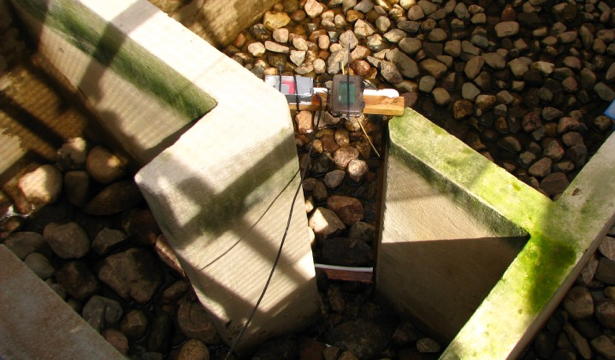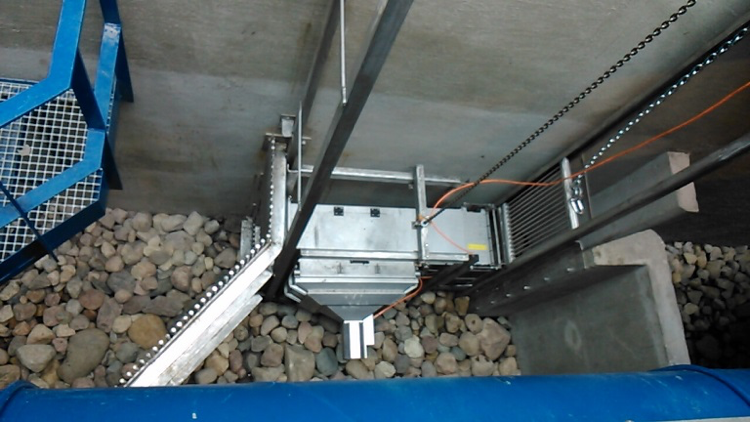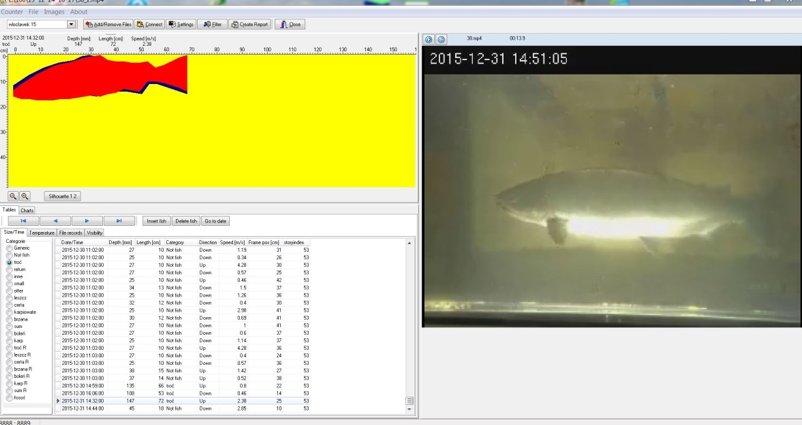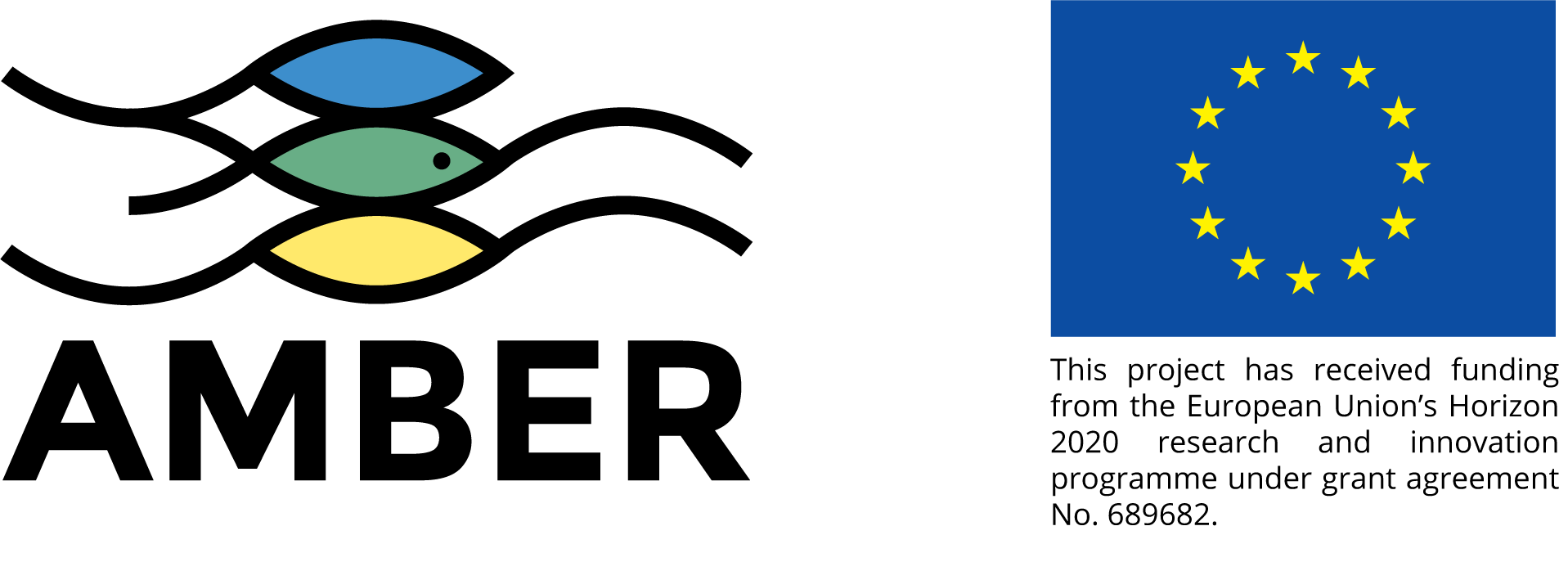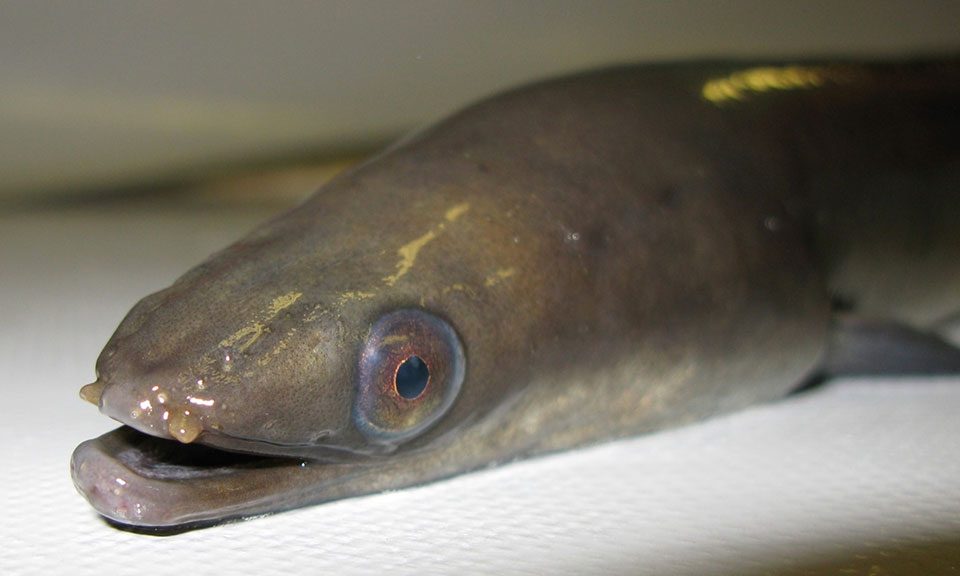S. Sakowicz Inland Fisheries Institute progressing on work packages 1, 2 and 4

Danish National Institute of Aquatic Resources uses drones for survey
May 18, 2017
Using drones for quantitative habitat surveys: The case of Selside weir
August 9, 2017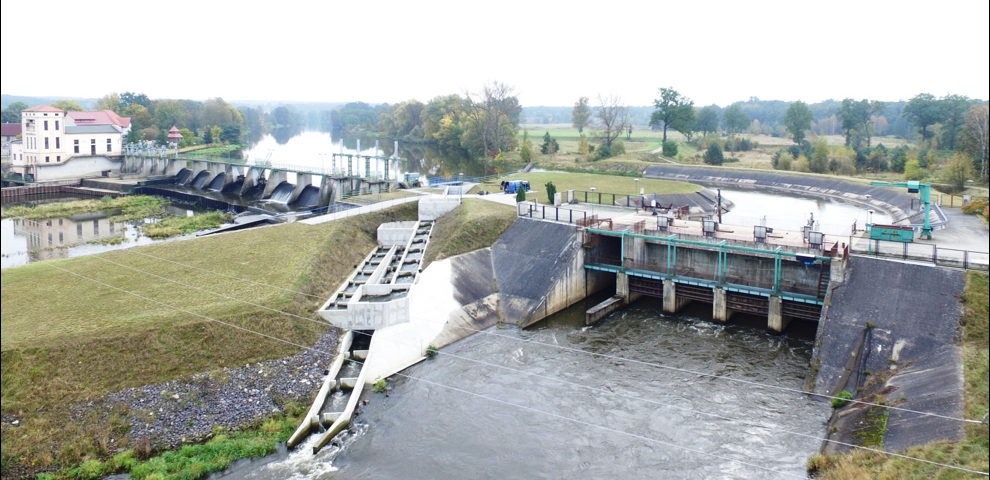
WP1. Barrier inventory and atlas
S. Sakowicz Inland Fisheries Institute have already delivered the dataset for 460 barriers gathered by SSIFI. Additionally, two large datasets were obtained from National Water Management Authority, Poland. The first dam inventory is dated on 2010, with over 16,000 barriers identified in Poland. The second, more recent, contains information about migration barriers higher than 0.7 m (http://geoportal.kzgw.gov.pl/imap). The database includes dam location, river name, water body name, type of impoundment and fishpass presence. However, there are some important gaps in detail information, and there is an overlap between two databases. We are currently checking the data and gathering missing information to create the final input for European Barrier Atlas.

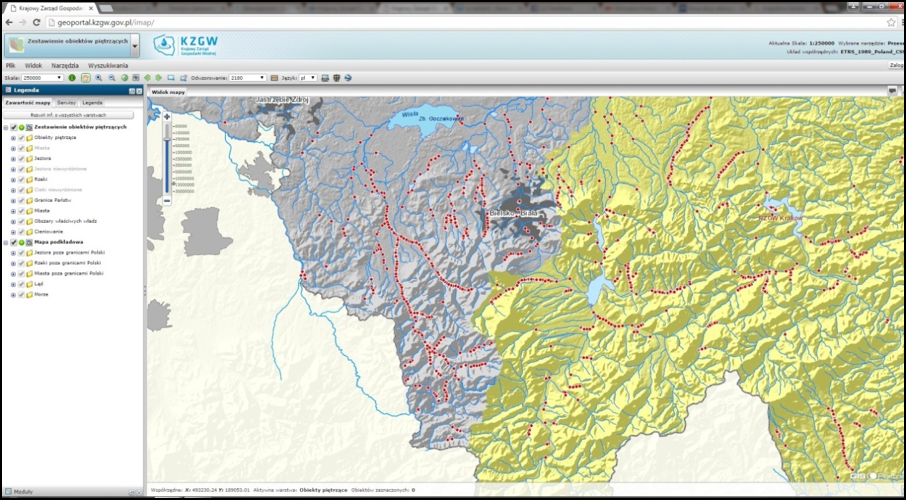
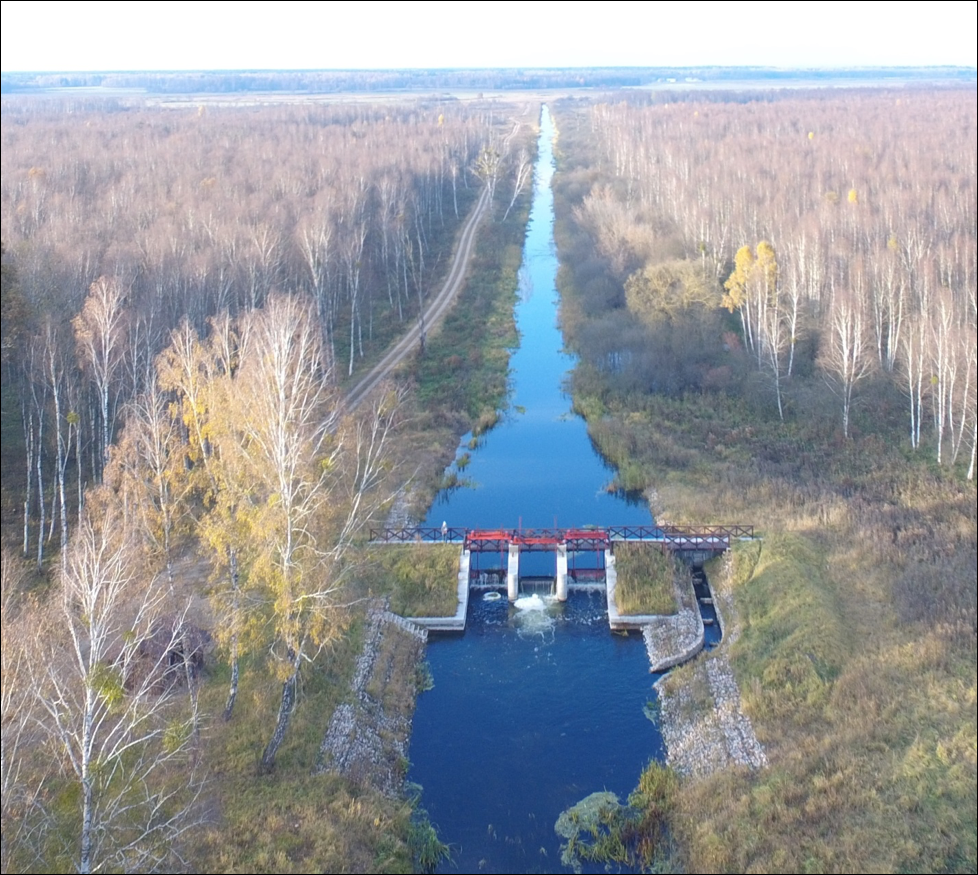
WP2. Dams Impact Assessment
We also currently collect fisheries and hydrological data from representative EU rivers and impoundments to statistically group fisheries data by community composition (Target Fish Communities) and relative species abundance. Expected abundance of ecological guilds will then be determined and used to assess deviations from reference baseline conditions (such as we have done for Poland), that can then be used to guide and improve dam management towards river restoration.
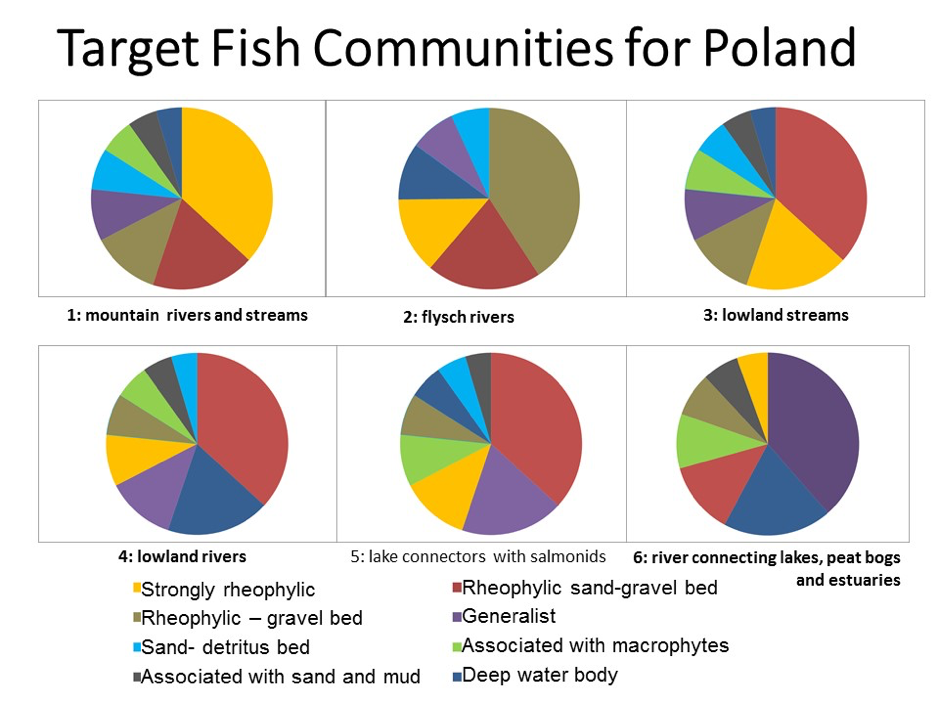
S. Sakowicz Inland Fisheries Institute is currently focusing on developing methodology for assessment of impact of barriers on instream habitats. For this purpose we adapt several high-end techniques for data collection and analysis aiming to create technological procedures allowing for quick and effective surveys of many dams. We work on incorporating drone technology for habitat surveys on small and large rivers. We develop software, assemble high-end data collection devices and simplify sampling schemes. Our tests are conducted on Wisła, Biebrza, Jegrznia and Jeziorka rivers with various circumstances and dam issues. The systematic surveys will begin in summer of this year, as soon as technology is tested and verified. The collected data will provide an input into MesoHABSIM habitat simulation model, to assess how habitats of the fish community will be affected.

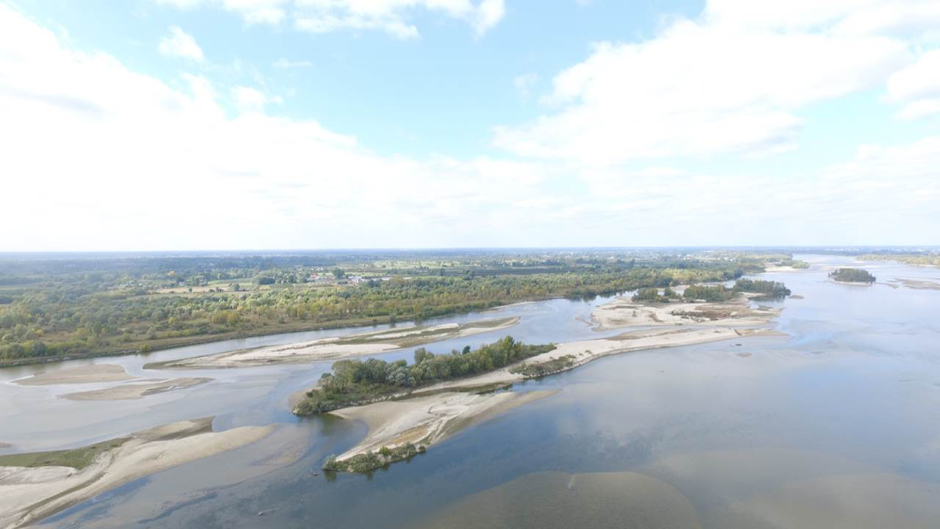

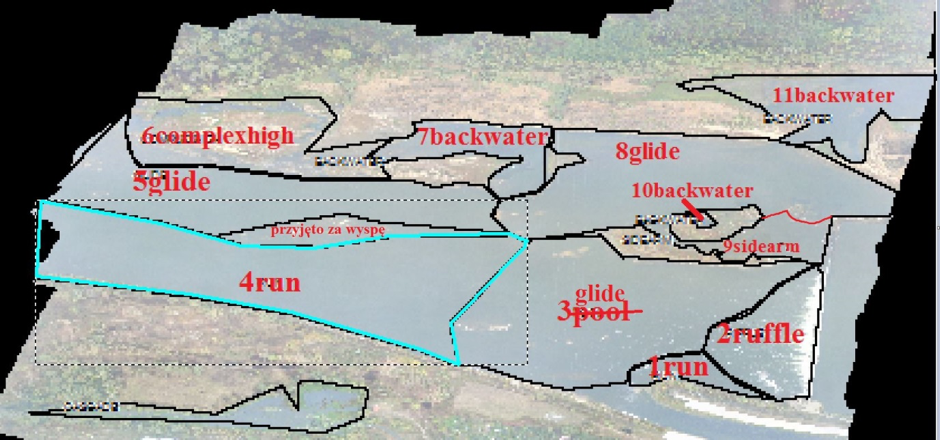

WP4. The Vistula River case study
The Vistula Rivers is one of the last large European rivers that preserved close to natural character. The Włocławek dam is located on lower Vistula River (km 674.850), Central Poland. The dam, constructed in 1970, creates a large dam reservoir, of 70,4 km2 surface area.
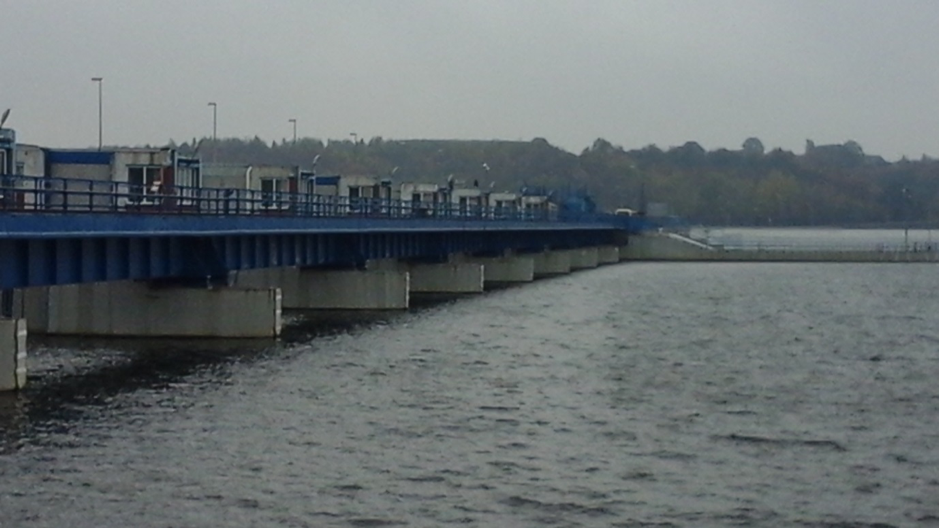
It was equipped with a technical step-pool fishpass, however the efficiency of this fishway was poor. Construction of the Włocławek dam had crucial impact on migratory fish species, as far as the dam cuts off majority of Vistula River catchment, with main historical spawning grounds for sea trout, Atlantic salmon, vimba and sturgeon. Populations of sea trout and vimba declined seriously after dam construction, while sturgeon and Atlantic salmon were extinct in Vistula river catchment. Also local fish populations significantly changed due to lack of riverine habitats within the reservoir. Since 1990-ies the migratory fish restitution programme was introduced in Poland, including stocking with sea trout, vimba, salmon and recently also sturgeon, but the lack of Vistula River connectivity was still the main problem to be solved. The fishpass at Włocławek dam was recently (2014) reconstructed into vertical slot type.
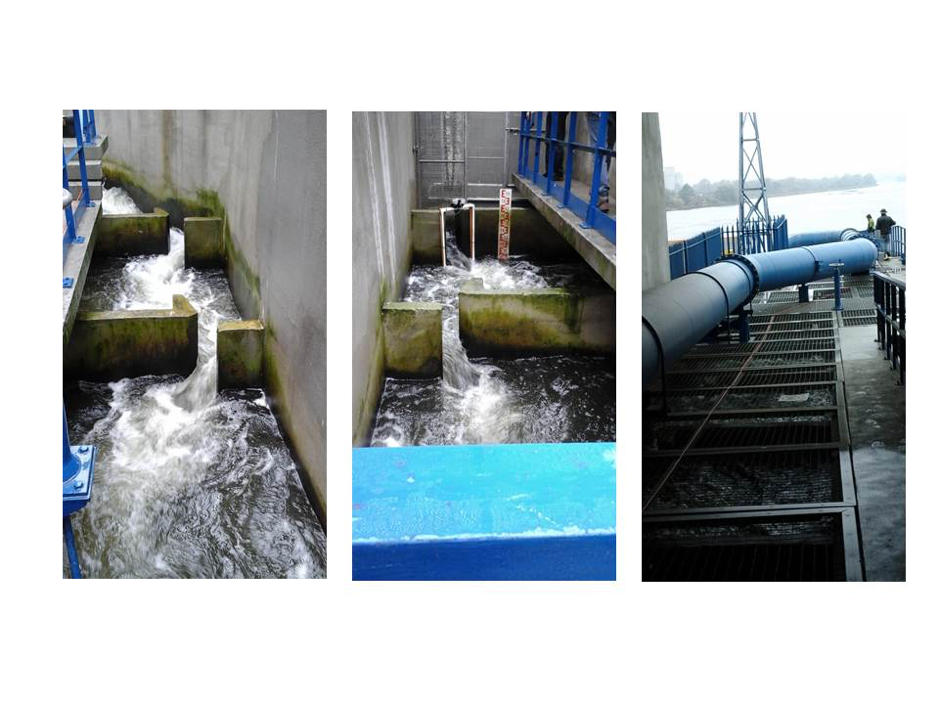
First efficiency studies done in 2014-2015 proved its suitability for migratory fish species (sea trout and vimba). The ecological effects of Włocławek fishway as well as potential consequences of newly planned dam downstream of Włocławek are now studied and modelled within the AMBER project as a case study. Fish telemetry and monitoring with automatic fish counter (Riverwatcher, Vaki) are used. Tools developed by AMBER will be applied as decision support for management of the middle Vistula River stretch, as crucial for migratory fish restoration in whole catchment.


